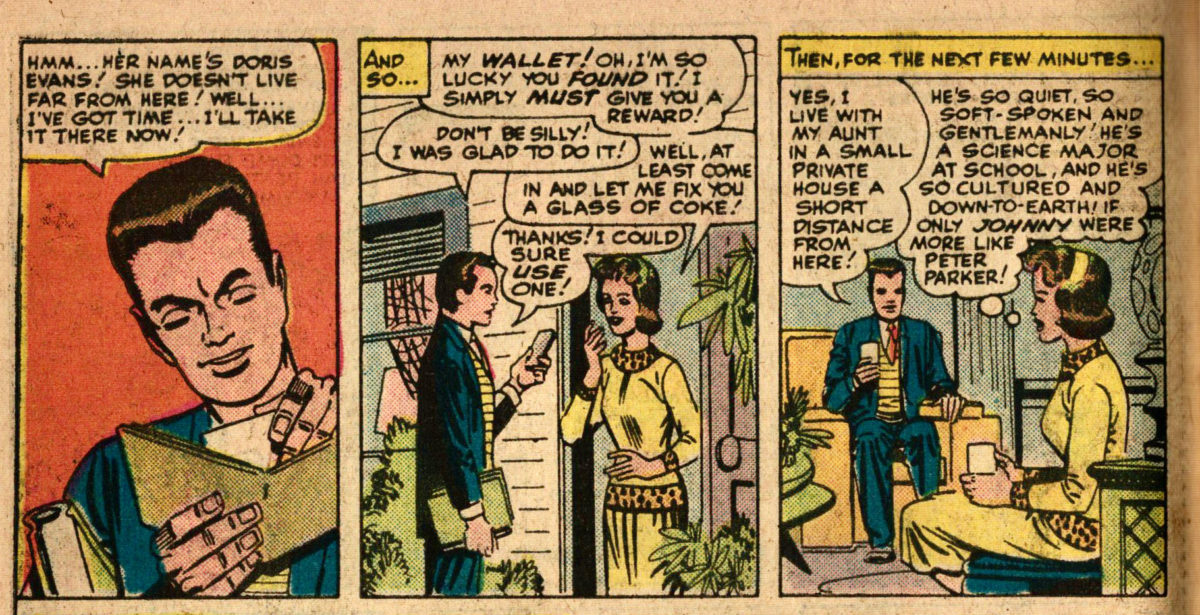Featuring: Nick Fury, Agent of SHIELD
Release: February 10, 1966
Cover: May 1966
12 cents
Writer: Stan Lee
Designer: Jack Kirby
Penciller: H. Purcell
Inker: M. Demeo
Letterer: Sam Rosen
12 pages
| Previous | #507 | Next |
|---|---|---|
| Daredevil #17 | Reading order | Strange Tales #144, Story B |
| Strange Tales #143, Story B | Strange Tales | Strange Tales #144, Story B |
It is given to few men to serve the forces of SHIELD… and those of us who are chosen dare not take the challenge lightly!

We are back for the new year! And Howard Purcell is back on art. He was credited with an assist last issue, but now is credited as the penciller, with Kirby as the “designer”. Which presumably means layouts by Kirby, finished pencils by Purcell, followed by inks by Esposito. Or something like that.

Strange Tales has oddly shared its pages of late between the spy stories of Nick Fury and the mystical stories of Dr. Strange. It seems like the writer has finally mixed up the two and tossed a Dr. Strange villain into Nick Fury’s story.
Continue reading “Strange Tales #144”


























